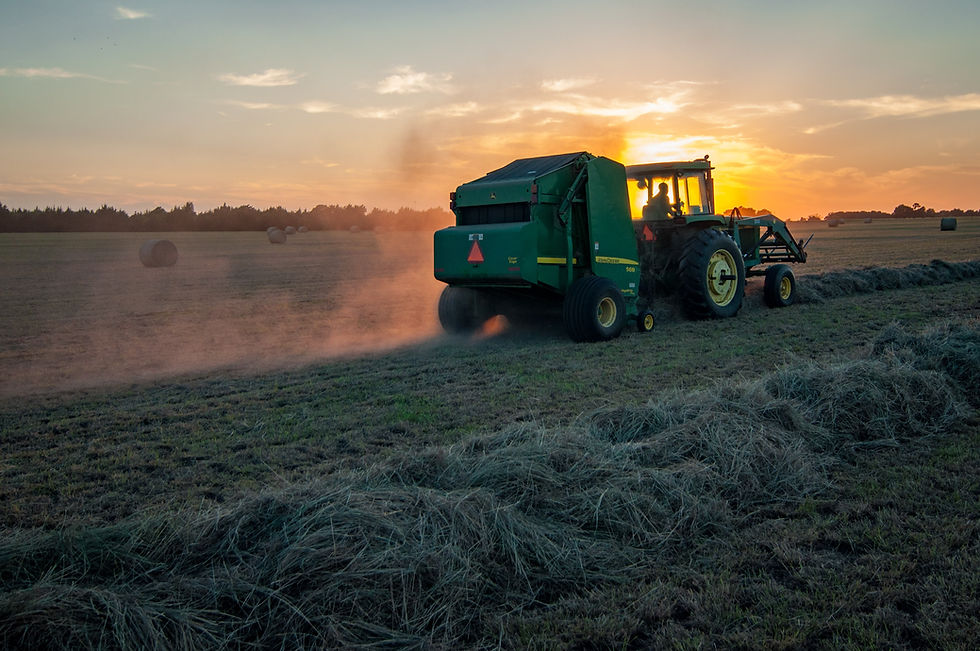Platypus passages and off-river storages best for iconic species' future
- Rikki Lambert
- Nov 3, 2022
- 2 min read

New research claims the best way to protect threatened platypus populations in Australia would be to stop damming within rivers but instead storing water off-stream to enable population movements.
Platypus have a unique combination of characteristics, including egg-laying despite being mammals, venomous spurs in males, electroreception for locating prey, biofluorescent fur and multiple sex chromosomes.
Platypuses are a threatened species in some Australian states and their conservation is of concern more broadly, due to known decline in their populations.
A new study published in the international journal Communications Biology examined the genetic makeup of platypuses in free-flowing and nearby rivers with large dams in New South Wales. These included the free-flowing Ovens River, along with the dammed Mitta Mitta River, and the free-flowing Tenterfield Creek, along with the nearby Severn River regulated by a large dam.
The study found that large dams are significant barriers to platypus movements. This was reflected in greater genetic differentiation between platypuses above and below large dams compared to rivers without dams. Importantly, this genetic differentiation increased over time since the dam was built, reflecting the long-term impacts of the dam.
lead author Dr Luis Mijangos, a former UNSW PhD student who is now at the University of Canberra said:
"We extracted the DNA from the blood collected by our Platypus Conservation Initiative researchers at UNSW. By using thousands of molecular markers, we were able to identify a strong signal indicating that genetic differentiation increased rapidly between platypuses below and above these large dams."
Professor Richard Kingsford, Director of the UNSW Centre for Ecosystem Science and one of the paper's authors, said, the findings were a profound result with significant implications for platypus conservation.
"We've long suspected that prey can restrict platypus movements, but this is the 'smoking gun'. These animals just can't get around big dams."
Dr Gilad Bino, leader of the Platypus Conservation Initiative at UNSW Sydney and another author of the study said:
"We know that platypuses are declining in many parts of their range in eastern Australia, affected by many threats. This study identifies one of the main threats to this iconic species.
"There is still much we don't know about the ecology of the platypus, but given its international status as a monotreme, it is increasingly vital that we understand and manage the threats to this unique species."
The authors recommend against large dams but instead storing water in off-river reservoirs and reducing the effects of dams, such as the artificially relocating individual platypuses between groups above and below dams. Construction of passage structures could be considered in a similar way to fish ladders constructed to enable fish migration upstream past water regulation structures.






Comments